cervical staging and Treatment
Treatment Of Pre-cancerous Lesions May Include The Following:
Removal or destruction of the part of the cervix affected by disease.
Invasive:
Three types of treatment procedures are used to treat cervical cancer viz. surgery, radiotherapy and chemotherapy. These therapies may be given alone or in combination with one another. Treatment depends on the stage of the cancer, the type of tumor cells and a woman’s medical condition.
Cryosurgery:
Application of freezing probe to destroy abnormal or diseased tissue in the cervix for about 5 minutes.
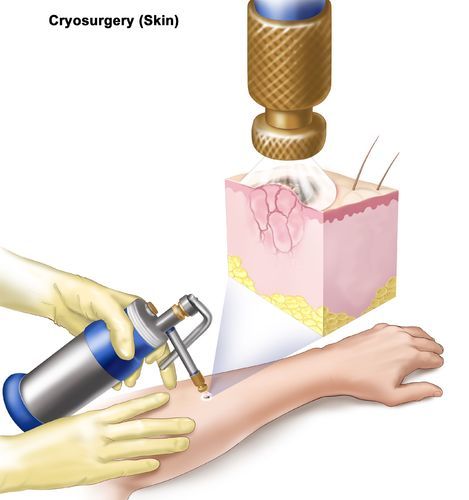
Loop electrosurgical excision procedure (LEEP)
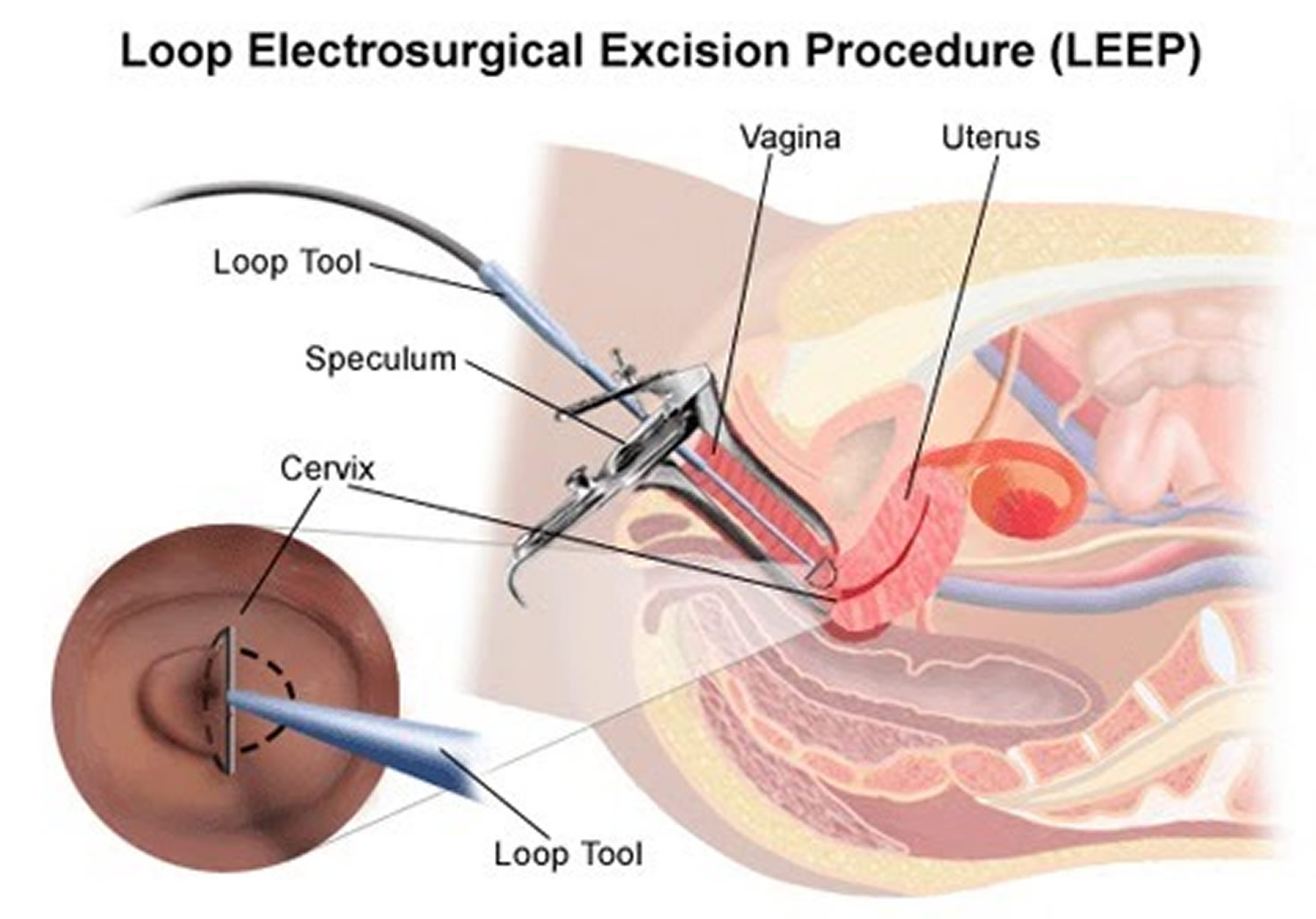
Loop electrosurgical excision procedure (LEEP)
Laser Surgery:
Using a laser beam to burn the abnormal cells in the cervix.
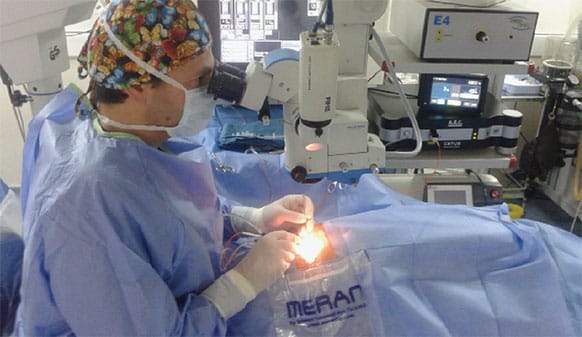

Conization:
Excision of a cone-shaped sample of tissue from the mucous membrane of the cervix by using cold knife or scalpel. This procedure requires hospital admission.
Hysterectomy:
The process to find out the spread of disease is called staging.
For women whose tumor cannot be completely removed by conization and who no longer want to have children.
- Stage 0 or Carcinoma in situ: abnormal cells are found in the innermost lining of the cervix which may not be seen to naked eye.
- Stage I: In this stage, cancer is limited to cervix only.
- Stage II: Cancer has spread beyond the cervix but not to the tissues that line the part of the body between the pelvic wall or to the lower third of the vagina.
- Stage III: Cancer has spread to the lower third of the vagina, and/or to the pelvic wall, and/or has caused kidney problems.
- Stage IV: Cancer has spread to the bladder, rectum, or other parts of the body.
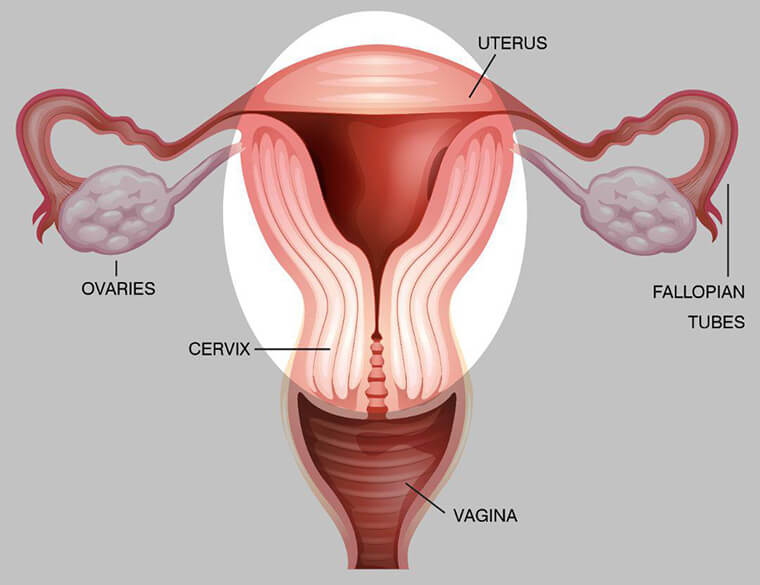
Treatment of Invasive Cervical Cancer
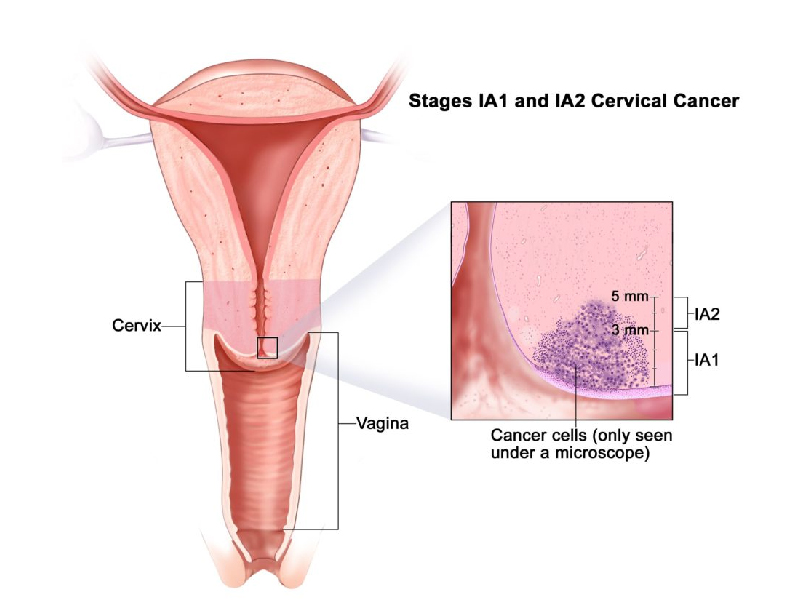
- NReduced pain
- N Lower risk of infection or complications
- NLess blood loss (fewer transfusions)
- N Shorter hospital stays
- NLess scarring due to smaller incisions
- NFaster return to normal activities (e.g., sexual function, urinary continence)
Dr Chinnababu Sunkavalli performs minimally invasive robotic surgeries as a treatment for many cancers, including uterus,cervix, stomach, esophagus ,pancreas, liver, colon, head and neck, as well as some thoracic cancers.
How Robotic Surgery works?
With the da Vinci Robotic system’s ergonomic design, the surgeon operates from a comfortable, seated position at a console, with eyes and hands in line with the instruments, and a magnified, high-definition 3-D view of the target anatomy. Some potential advantages of da Vinci Surgery include:
- NGreater surgical precision
- NIncreased range of motion
- NImproved dexterity
- NEnhanced visualization, including areas that may not be seen by the naked eye
- NImproved access to hard-to-reach areas
- NImproved ability to spare healthy tissue not impacted by cancer